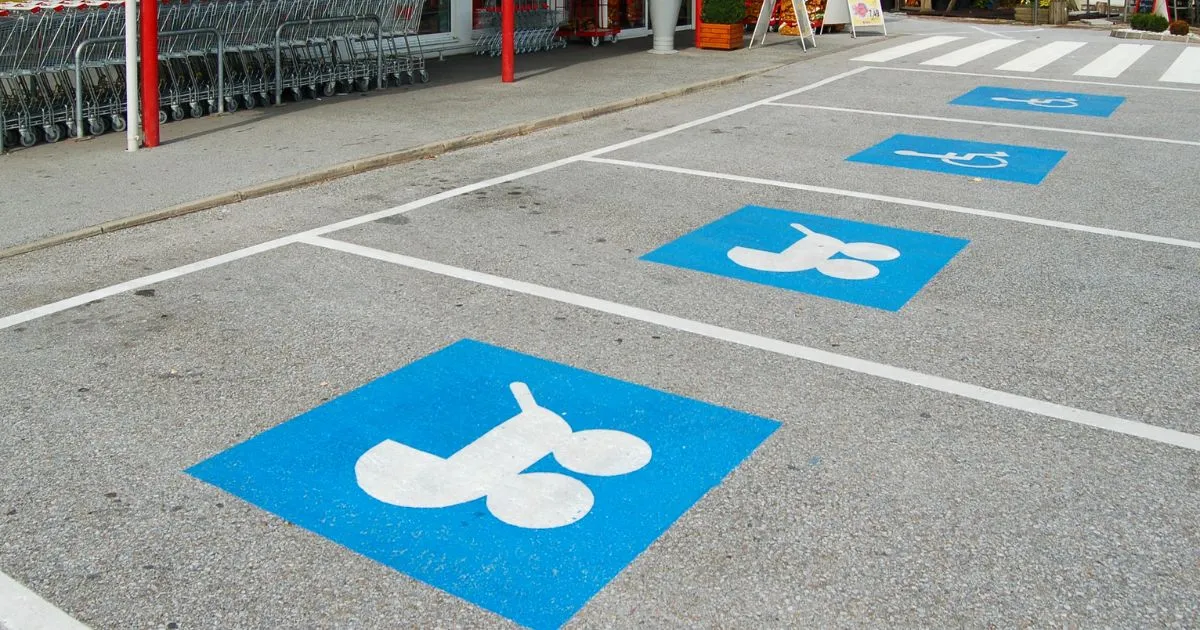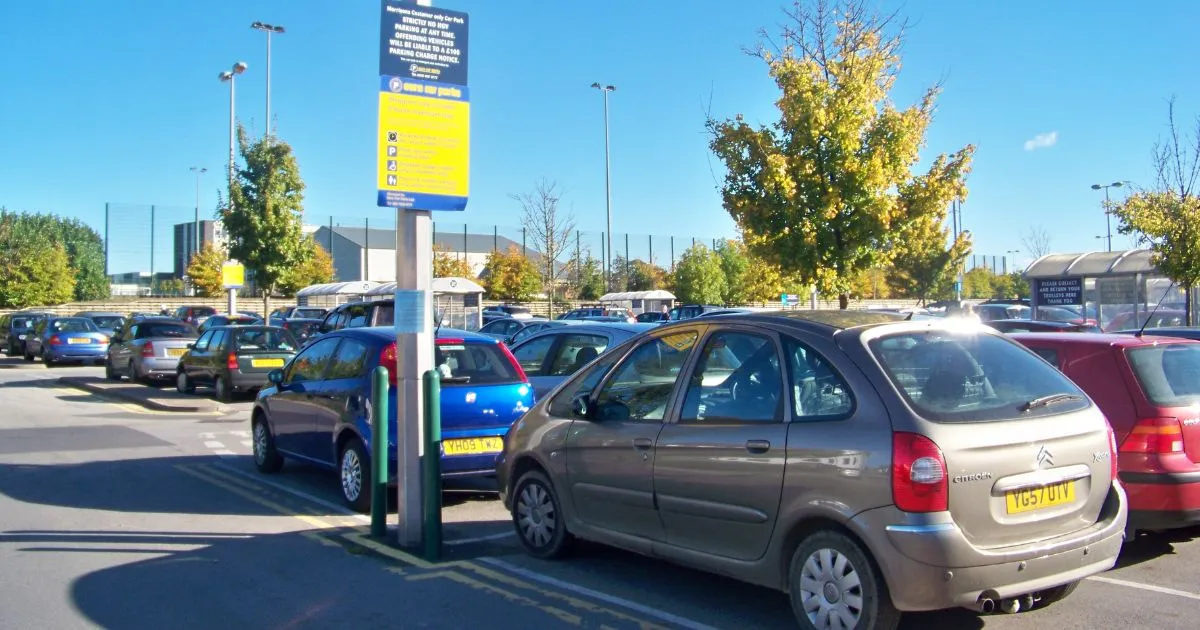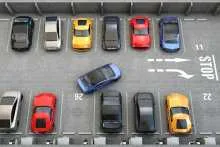Are Parents With Prams Car Spaces Enforced Under The Law?
Parking spots designated for 'Parents with Prams' have become an increasingly common feature in shopping centre parking lots and public car parks across Australia. These specially marked spaces offer wider bays and closer proximity to entrances, making life easier for parents managing young children and bulky prams. However, confusion often arises about whether these parking spaces are legally enforceable, or merely a courtesy offered by property owners. For the thousands of parents navigating busy car parks with babies and toddlers in tow, understanding the rules around these designated spaces is essential. This article examines the legal status of Parents with Prams parking spaces, the role of common courtesy, and why respecting these spaces benefits the entire community—even if you're not legally obligated to do so.
What Are Parents with Prams Parking Spaces?
Parents with Prams parking spaces (sometimes called Parents with Children spaces) are designated areas in shopping centres and public parking facilities designed specifically for families with young children. These spaces are strategically positioned closer to building entrances, similar to accessible parking bays, and are often wider than standard parking spots to accommodate the extra space needed to maneuver children, prams, and shopping safely in and out of vehicles. They're typically marked with distinctive signage showing a parent with a child or pram symbol, painted in different colors to standard bays, or both. The purpose of these designated spaces is to provide a safer environment for parents managing young children in busy parking garages and shopping centre car parks, reducing the distance vulnerable pedestrians need to travel through vehicle traffic areas.

The Legal Status of Parents with Prams Parking in Australia
In New South Wales and most other Australian states and territories, Parents with Prams parking spaces are not regulated by law. Unlike disabled parking spaces, which are protected under legislation such as NSW Road Rule 203, these family-friendly parking spots are provided voluntarily by private property owners as a courtesy to their customers. According to research by the Parking Association of Australia, approximately 85% of major Australian shopping centres now offer some form of Parents with Prams parking, despite having no legal obligation to do so.
As per Blue Badge Insurance, "Private car park operators don’t legally have to provide designated parking with prams spots. But they sometimes provide them as a courtesy to parents requiring extra space to get children/prams in and out of the car." This highlights the voluntary nature of these spaces, which are intended to facilitate easier access for families with prams.
This means that while parking in these spots without a pram or child isn't illegal in the eyes of the law, it operates on what Daniel Battaglia, author of Parking Made Easy: Making Life Easier, calls "an honour system, [where] the idea is that people who need them the most—such as parents with infants or prams—use them, ensuring accessibility to car parks and entrances."
The Role of Common Courtesy
At the heart of using Parents with Prams spaces is being considerate to others in shared parking facilities and public parking stations. Everyone plays a role in ensuring parking areas remain safe and fair for all users. Parents with young children often face unique challenges when navigating busy parking environments—managing excited or fussy children while carrying shopping bags and maneuvering bulky prams through tight spaces between parked cars.
The wider bays allow parents to:
- Fully open car doors to safely secure children in car seats
- Safely assemble and collapse prams beside the vehicle
- Keep children away from moving traffic in busy car parks
- Load shopping and baby equipment more easily
While car park management can ask someone incorrectly using these spaces to move their vehicle, enforcement ultimately relies on community respect and understanding. By leaving these spots available for those who genuinely need them, everyone contributes to a safer and more accessible parking experience for families with young children.

How Other Reserved Parking Spaces Differ
Unlike Parents with Prams spaces, several other types of designated parking spaces are legally enforceable by law. Disabled parking spaces, identified by the International Symbol of Access (the wheelchair symbol), are protected under state legislation throughout Australia. Similarly, electric vehicle (EV) charging spots are increasingly gaining legal protection to ensure they remain available for their intended purpose.
These legally protected spaces are enforced under regulations such as NSW Road Rule 203, and unauthorized parking can result in substantial fines. According to the latest data from Revenue NSW, approximately 12,000 fines for illegal parking in disabled spaces are issued annually across the state, with penalties ranging from $587 to over $2,200 depending on the specific offense.
The legal distinction is important: while Parents with Prams spaces operate on courtesy, accessible parking spaces in public car parks are backed by law. This difference reflects the varying levels of need and the historical development of parking regulations in Australia, where disability access has been enshrined in legislation while family-friendly initiatives remain voluntary improvements offered by businesses.
Real Experiences with Parents with Prams Parking
Many Australian parents report both positive and challenging experiences with Parents with Prams parking spaces. Sarah, a mother of twins from Sydney, shares: "These spaces make a world of difference when I'm shopping with my 18-month-olds. The wider bays mean I can get both babies safely in and out of their car seats without worrying about dinging neighboring cars."
However, misuse of these spaces remains common. A 2023 survey by the Shopping Centre Council of Australia found that up to 30% of Parents with Prams spaces were regularly occupied by vehicles without children or prams. This misuse creates significant challenges for the families who genuinely need these spaces.
Shopping centre management companies have experimented with various approaches to encourage proper use, including:
- More prominent signage explaining the purpose of these spaces
- Customer education campaigns about parking courtesy
- Periodic monitoring by centre staff during peak periods
- Reminder cards placed on vehicles incorrectly using the spaces
While these measures can't result in legal penalties, they have shown some effectiveness in improving compliance through better parking education and awareness.

Benefits to Shopping Centres and Businesses
For shopping centres and retailers, providing Parents with Prams parking spaces makes good business sense despite their non-enforceable nature. Families with young children represent a significant customer demographic, and creating a more accessible and family-friendly parking environment in retail car parks can directly impact customer satisfaction and loyalty.
Research by the Australian Retailers Association indicates that parents with young children spend approximately 35% more time in shopping centres compared to the average shopper, and their total annual retail spend is significantly higher. By creating a more welcoming environment from the moment families arrive in the car park, businesses can foster stronger customer relationships and encourage return visits.
Many shopping centre operators report that family-friendly initiatives, including dedicated parking, play areas, and parenting rooms, contribute significantly to positive customer feedback and centre reputation. These amenities serve as a competitive advantage in attracting family shoppers who might otherwise opt for online shopping alternatives.
Conclusion and Final Thoughts
While Parents with Prams parking spaces aren't legally enforceable in Australia, they represent an important courtesy that makes shopping and errands more manageable for families with young children. These spaces exist in a middle ground between legally mandated accessible parking and standard parking spots—relying on community respect rather than legal penalties for their proper use.
As parents ourselves, or as members of communities that include families with young children, we all benefit from respecting these designated spaces. By leaving them available for those who genuinely need them, we contribute to safer, more accessible public spaces for everyone. The next time you see an empty Parents with Prams space, consider whether you truly need it, or whether someone else might benefit more.
We encourage you to sign up free to learn more about various parking solutions and stay informed about parking rights and responsibilities across Australia. Your consideration in the car park today might be the kindness that makes a significant difference to a parent struggling with young children tomorrow.
**About the Author:** Daniel Battaglia is the Founder and Chief Executive Officer at Parking Made Easy. Daniel has been working in the parking and urban mobility sector since 2012. With a passion for simplifying parking and helping people save money and time, Daniel provides expert insights into the benefits of finding, booking and renting car parking spaces with the help of Generative AI. For enquiries, you can reach Daniel directly at daniel@parkingmadeeasy.com.au.




